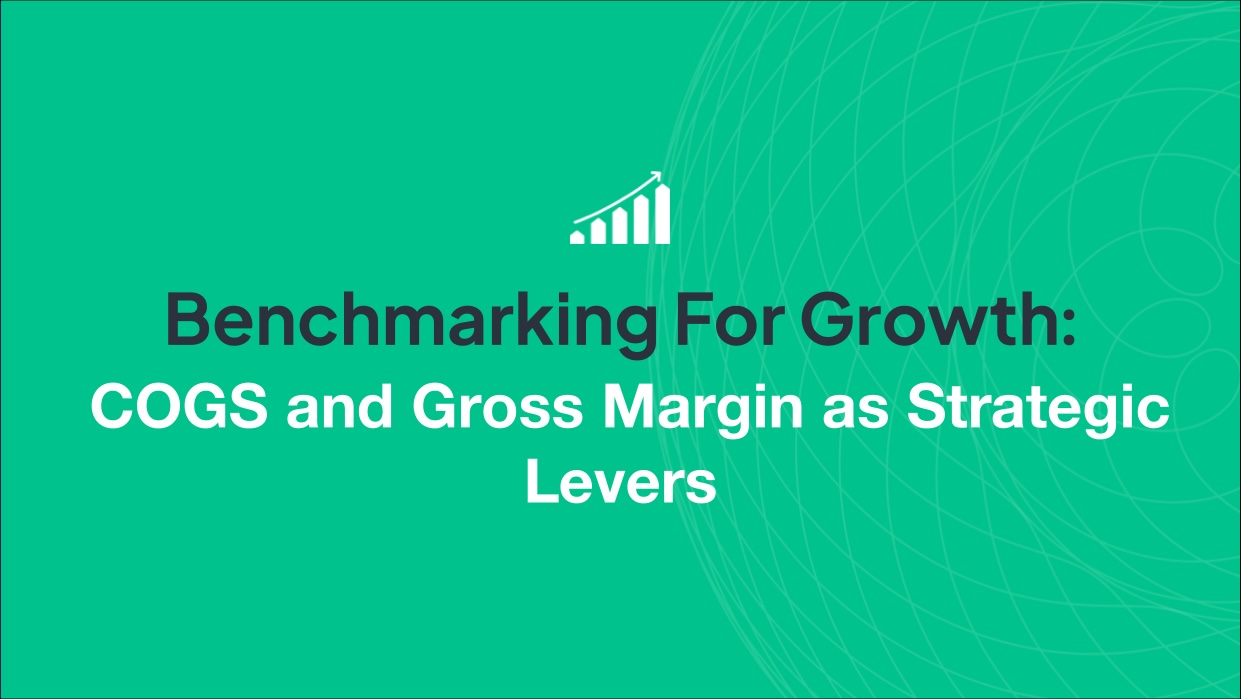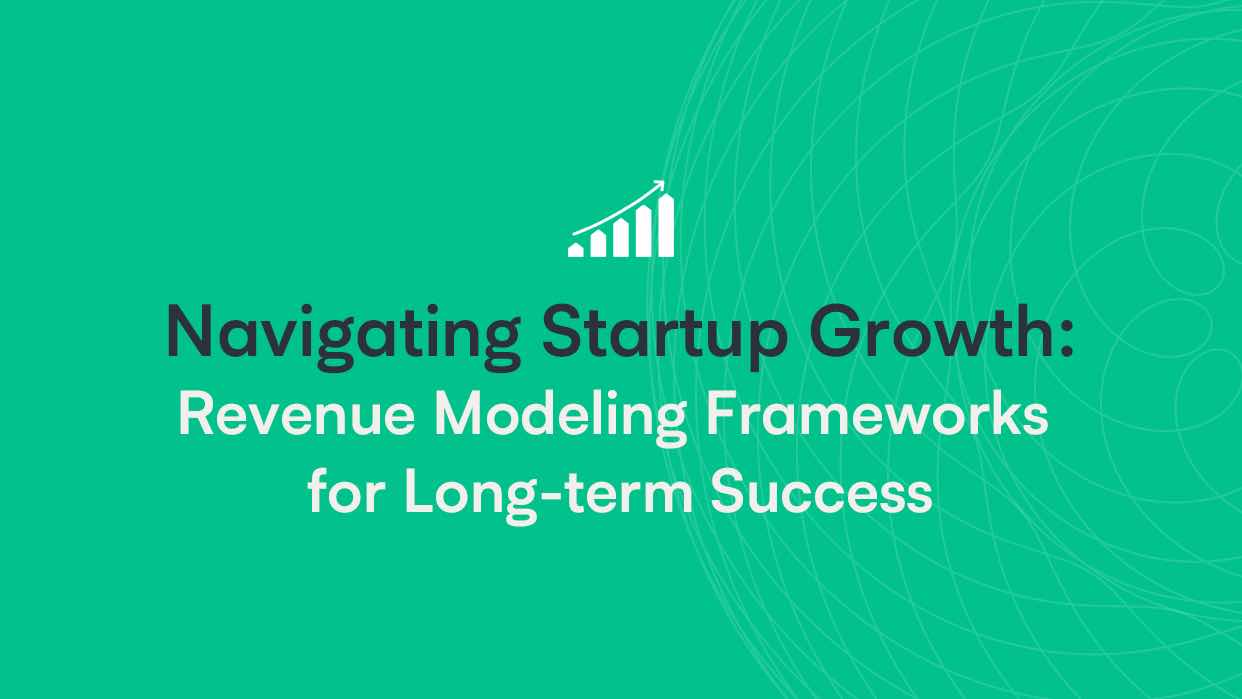Financial models are a key tool for driving business growth and often determine the difference between a company that scales and one that is forgotten.
At their core, financial models are frameworks that capture management’s assumptions about anticipated revenue, expenses, and, ultimately, cash runway. Leaders in any company, of any size, benefit from understanding how their business operates. A good financial model describes the economics of a business strategy in detail, highlighting what will need to happen now and in the future for the business to succeed. It is not unlike a map.
“A good map will provide you with the straightest path to a much more valuable company long term.”
(REF: THE MAP AND THE TERRAIN | ANDREESSEN HOROWITZ, OCTOBER 2, 2019)
Strengthen Your Decision-Making With a Financial Model
Remember, financial models don’t make decisions— people do. Financial models are tools that leaders use to gather useful data, enhance decision-making, and guide their businesses forward. Here are four key areas where having a financial model can improve decision-making:
Identifying Resource Requirements for Achieving Milestones
For a business to grow, early-stage leaders must determine the resources needed to achieve key milestones. Teams need to be able to test and update underlying assumptions about their product and the market, and it’s essential that leaders have a way to measure the company’s performance and ability to execute. A sound financial model unlocks valuable data and insight in these areas that may not be immediately obvious.
HERE’S AN EXAMPLE ↓
A robotics company that was beginning to raise a round of funding hired Attivo to build a financial model to test assumptions and create scenarios. The client’s team knew the capital needed to execute their strategy for software, purchasing the hardware, and scheduling the time required to produce the robots.
A complication was that the client incurred additional costs after the robots were deployed in the field, which required the customer support team to resolve any technical issues that might arise in the field. When it came time to start scaling the company (growing from dozens to hundreds of robots), we realized that the customer support team had a linear relationship with robot deployment. As a result, the client incurred higher customer support costs, which placed pressure on gross margins.
When we built the financial model, Attivo first looked at the gross margins and recognized that they were not improving. Through sensitivity analysis, we identified the issue with the team required to support the robot fleet.
In discovering that issue, the founders, their board, and Attivo determined that the engineering team needed to shift focus to improving robot functionality in the field so that customer support was not required to scale at the same rate as robot sales. The client reallocated resources to this development effort.
CONCLUSION
By leveraging technology to reduce the amount of customer support needed, the client was able to reduce overall costs by allocating resources to development. Thus, the client efficiently deployed robots at scale.
Understanding Cash Runway
Every founder needs to understand the push and pull of cash burn rate with operational costs, and how this ultimately impacts revenue and milestone achievements. A financial model is an efficient way to track the variables likely to extend or shorten cash runway.
For venture-backed startups, cash runway must be long enough to meet critical milestones. Let’s use the common SaaS example of Annual Recurring Revenue (ARR). Given product development, GTM buildout, and funding, what is needed from Engineering? Marketing? Sales? We know we have limited resources, and this is where financial modeling becomes extremely helpful for founders.
If we don’t prioritize correctly, we will run out of cash faster than anticipated. Cash runway is a forcing function on discipline and resource allocation to look at what really needs to get done and what will move the needle the most. Focus is critical when managing cash runway. There are 20 initiatives your team wants to get done, but there are only 3 to 5 initiatives we can focus on effectively.
When a financial model is in place, founders can better see how resources are allocated, understand the components that impact the company’s cash runway, and keep their teams focused on the highest-value work.
Developing Meaningful Metrics
Founders face an overwhelming number of metrics to consider as they build their companies. When Attivo works with founders and their boards, we evaluate and select metrics and measurements to build a financial model that makes the most sense given the company’s stage, sector, product, market realities, and milestones. With a financial model in place, founders can make more informed decisions about the metrics they will use to measure their company’s success – and use those metrics to determine the tactical steps needed to achieve key milestones.
A few common meaningful metrics for SaaS companies are Annual Recurring Revenue (ARR), Net Revenue Retention, and Churn. If ARR is an essential metric for a financial model, early-stage leadership teams need to understand how each team will contribute to achieving the milestones associated with that metric.
A key reason for building a financial model is so that teams can evaluate what it takes to achieve key milestones, set meaningful metrics associated with those milestones, and then determine the related tasks needed to reach the desired results. This helps founders, early-stage leadership teams, and their boards understand the resources and timing needed to effectively grow the business.
Measuring performance against targets
Companies use financial models to measure their ability to execute against their goals and objectives. This means leadership teams should measure actual results against their financial model.
Doing so helps confirm that the business is on track for achieving key milestones and that underlying business assumptions are accurate. If it becomes clear that the assumptions and objectives are not likely to be met, then the business must reassess objectives and assumptions and update the financial plan.
By measuring actual performance against the financial model, the company moves down a path of continuous learning about itself and the market.
Ready to Elevate Your Decision-Making?
Financial models are powerful tools that aid founders in decision-making by gathering useful data and insights. By leveraging financial models effectively, founders can make informed choices, allocate resources wisely, and guide the growth of their business.
Don’t let guesswork guide your growth—partner with Attivo to develop a robust financial model tailored to your company’s needs. Contact us now and begin your journey to more innovative, effective decision-making that will transform your strategic vision into actionable insights for success.
CONTACT US → ATTIVOPARTNERS.COM | FPA@ATTIVOPARTNERS.COM



